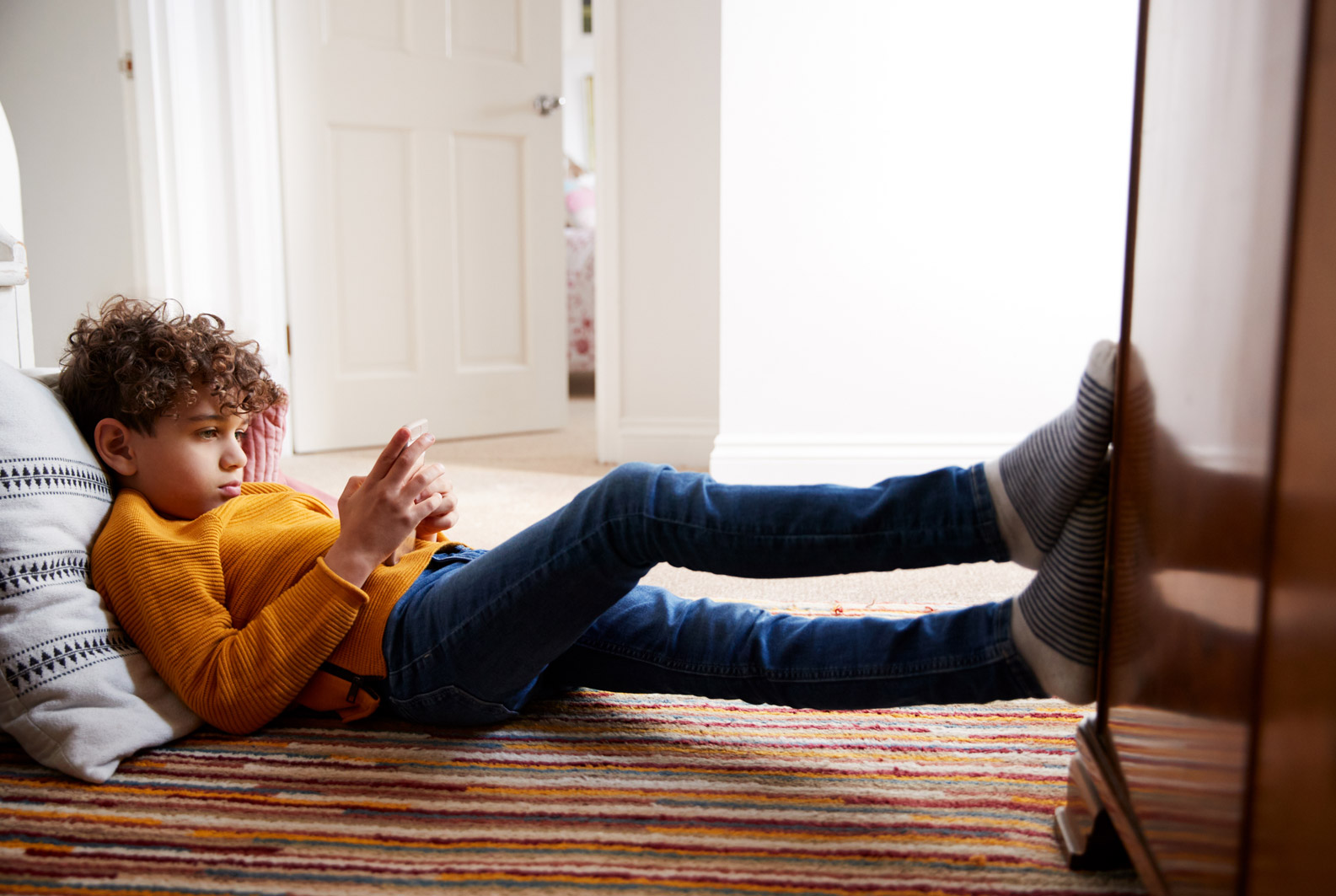Help Kids Get More Active

When it comes to our kids and their physical activity, it might be time for a wake-up call.
According to 2017 data from the President’s Council on Sports, Fitness & Nutrition, only 33 percent of kids are active each day. Kids spend on average more than seven hours each day in front of a screen. And of those age six and older, 28 percent get so little activity that they technically meet the requirements for being physically inactive.

Fortunately, there is hope. According to the Centers for Disease Control, the requirements for physical activity in children are simple and really shouldn’t be that difficult for each and every child to meet. They include at least one hour of moderate to vigorous physical activity each day. And within that 60 minutes, there should be some vigorous activities at least 3 days a week, some muscle-strengthening activities at least 3 days a week, and some bone-strengthening activities 3 days a week, as well.
Why is it hard to get today’s kids to be more active?
An hour a day seems reasonable, yet today’s kids are still struggling to meet those basic requirements. Dr. Carolyn Kienstra, a pediatric sports medicine specialist with the University of Miami Sports Medicine Institute, says there are several factors at play here.
“With technology, increased pressure and school work, and busy schedules, many kids are not as active as they should be,” she says. “The factors include increased usage of TV, cell phones, and other screen time; more traveling by car rather than walking or biking; increased homework and pressure to do well in school; and safety concerns with allowing kids to play freely outside.”
Top tips & tricks for active kids
Despite these challenges, Dr. Kienstra says there are a number of ways to reverse this trend and get your kids moving. Here’s what she recommends:
- Make it a family affair.
While it’s easy to point the finger at kids and their screens, the reality is that these habits are coming from their parents. If you make physical activity a priority for the entire family, then it’s more likely to become a regular habit. This can be as simple as a walk, a game of basketball or even planting a garden or doing yard work together. - Focus on the outdoors.
Most families have a park or other outdoor recreational area within walking distance of their home. Seek it out and use it frequently. “Going outside and playing together with a ball or going to the playground are great options,” says Dr. Kienstra. - Let younger children explore their options.
For kids, physical activity should not be a chore: It’s supposed to be fun! And the best way to encourage that is to let them explore their options and arrive on the ones they truly enjoy. “Encourage kids to find something they enjoy and allow them to try a variety of different activities,” adds Dr. Kienstra. - As they get older, encourage participation.
Organized sports are a great way to help older children stay active, and also develop a number of important physical skills and life skills. “This allows them to continue to develop physical skills along with learning team work and good sportsmanship,” says Dr. Kienstra. “The emphasis here should be on building skills and having fun.” - Avoid the sports specialization trap.
Also, it’s a good idea for your kids to play a number of different sports to spice up their life with some variety. “Kids should be encouraged to be involved in multiple different sports and activities,” says Dr. Kienstra. “We know that this decreases the likelihood of burnout and increases the likelihood of future success in the sport they choose to pursue as they become more well-rounded athletes.”
Wyatt Myers is a contributing writer for UMiami Health News.
Tags: Dr. Carolyn Kienstra, healthy kids, physical activity, physical activity guidelines, sports medicine, sports medicine in miami
